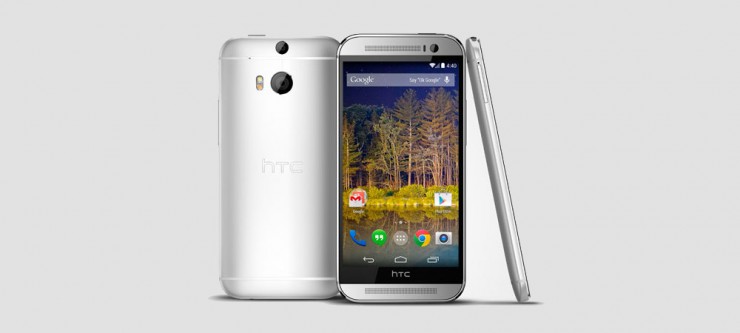Sadly, Verizon cut those plans off only half-way through the two-years and left people high and dry. What makes this an even better story is that computerworld reports that customers who called in to get the situation sorted were met with representatives that had no clue there was ever a two-year commitment. Luckily the Chromebook Pixel is a prodigy of Google and Google usually steps in to clean up the wrong doings of others when it comes to their products. After all, the Pixel is a heafty $1449.00.
“While this particular issue is outside of our control, we appreciate that this issue has inconvenienced some of our users,” the Google spokesperson said.
Needless to say, Google is shelling out $150 pre-paid visa cards for Chromebook Pixel owners who purchased the device while the promotion for the free data was being offered. It isn’t something that will just show up at your house if you bought a Pixel though. You will need to head to the Play Stores hardware support center and give them a call to get the process initiated.
Meanwhile, Verizon apologizes and is looking on a solution for those customers. Seems to me it shouldn’t be that hard to dig out the original SoC code and put it back on the accounts, or just toss on a plan and credit the account for the service. I know, that would be too easy and make sense, this is Verizon we are talking about after all.
Source: ComputerWorld









